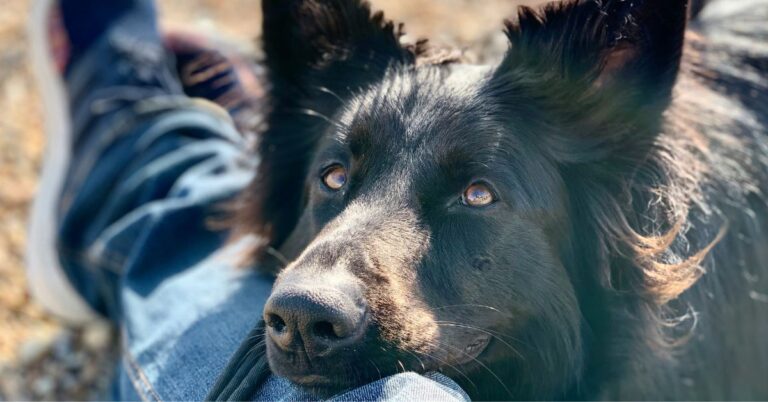10 Essential Training And Development Tips For A Happy Boston Terrier
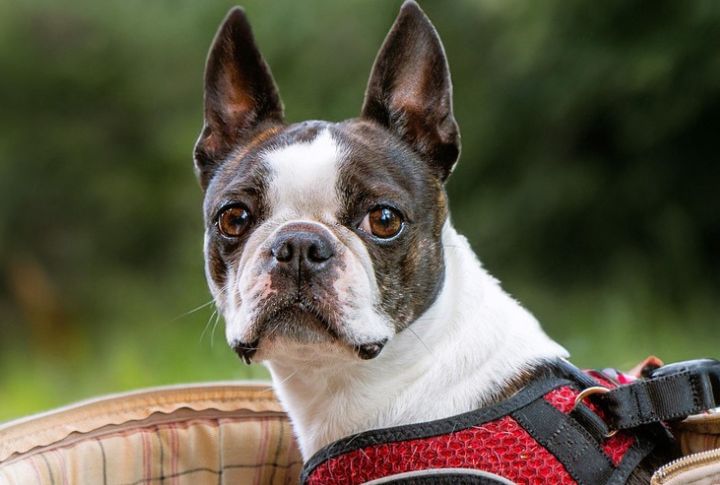
So, you’ve welcomed a Boston Terrier into your life—congrats! This breed, affectionately known as the “American Gentleman,” thanks to their dapper tuxedo-like coats, is equal parts brains and mischief. And training them requires you to build a bond that goes beyond regular pet laws. Ready? Let’s jump into the tips that’ll make training both effective and fun.
Focus On Low-Impact Exercise During Growth
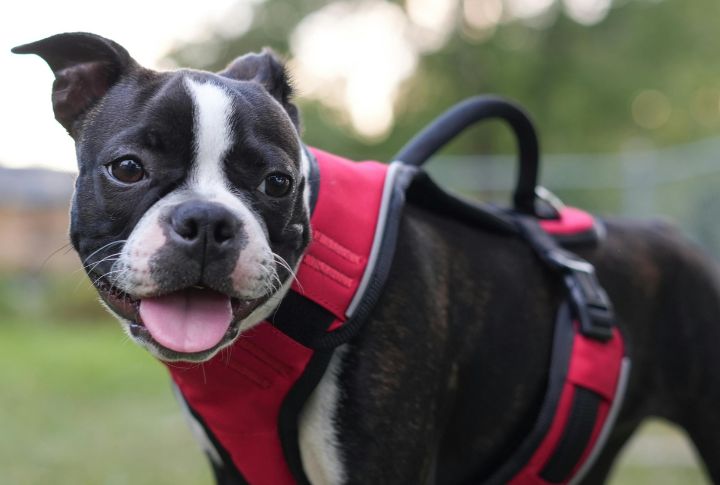
During the first year of your Boston Terrier’s life, their body is doing a lot of growing. Rather than long walks or high-energy sprints, try short, gentle play sessions. At the same time, keep an eye on how they’re handling this activity. After all, it is your steady guidance that will help them grow into a strong adult.
Redirect Chewing With Purpose
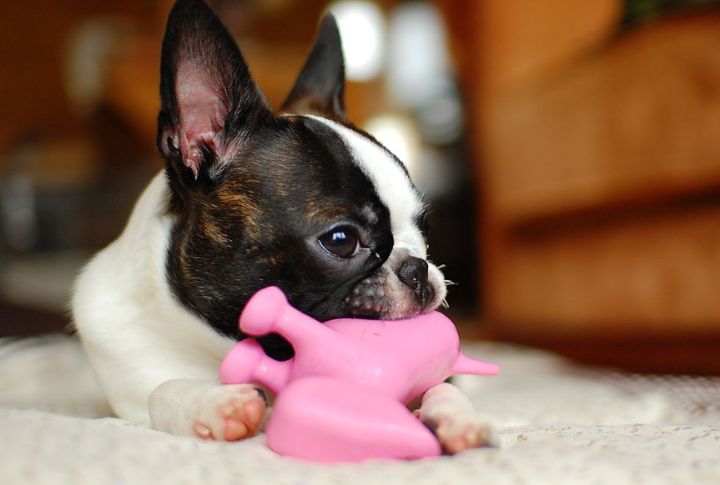
The good news is that you don’t have to stop your pup from chewing altogether. You just need to offer safer things to chew on, like an old T-shirt tied in a knot. If they take it, be sure to follow up with plenty of praise so they know they made the right choice.
Use Hand Signals Alongside Verbal Commands
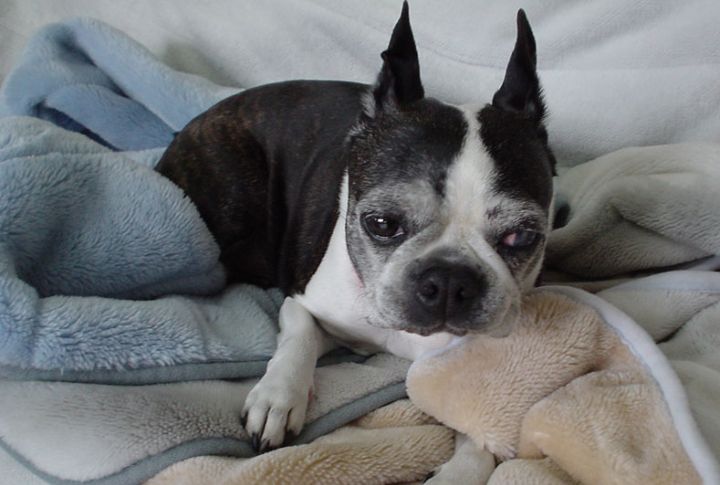
Here’s a fun fact: Your Boston’s sharp vision actually makes them superstars at picking up visual cues. That’s why hand signals can be your secret weapon when it comes to training. Whether you’re teaching “sit,” “stay,” or “come,” pairing each word with a clear hand gesture can dramatically boost your pup’s focus and recall.
Handle The Teen Phase (6–12 Months) With Patience And Play
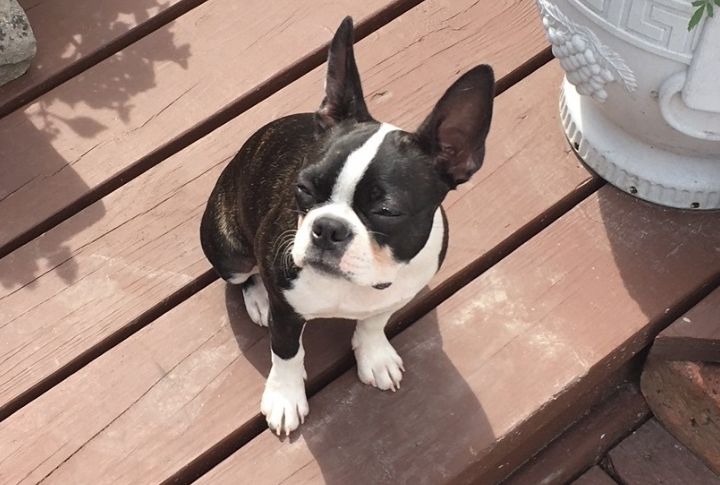
Just when you think you’ve got your Boston Terrier all figured out, they hit adolescence. And suddenly, it’s like someone swapped your sweet pup for a rebellious teenager in a dog suit. Don’t panic when the time comes, as this is a critical developmental stage. Simply go back to the basics and reinforce what they already know.
Channel Their Energy With Puzzle Toys And Brain Games
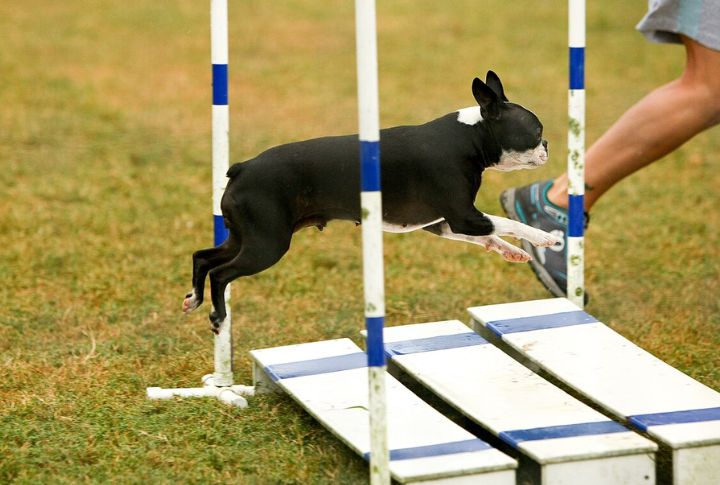
Rotate toys every few days to keep things interesting, and switch up games so your pup never quite knows what fun is coming next. Not only will this prevent classic boredom-fueled disasters like shredded socks or mystery bathroom trash snacks, but it will also give your dog a sense of purpose.
Teach A “Quiet” Command
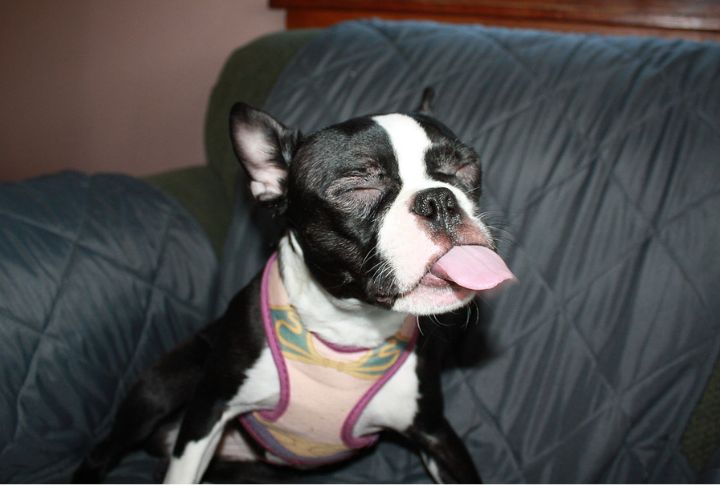
This breed has big opinions—and they’re not shy about sharing them. To stay ahead of the noise, it helps to teach a “quiet” command early before the chatter becomes a full-blown habit. And as soon as they pause, even for a breath, reward them with a treat and calm praise.
Crate Train With Comfort
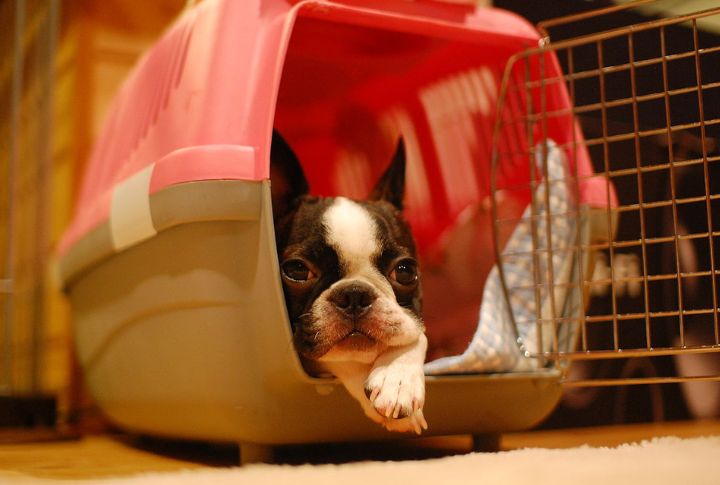
Because Bostons are both smart and sensitive, pushing them into the crate or using it as a punishment will backfire fast. They’ll either resist or, worse, associate the crate with stress. Instead, let them explore it at their own pace and drop in treats or serve meals inside to build positive associations.
Build A Routine
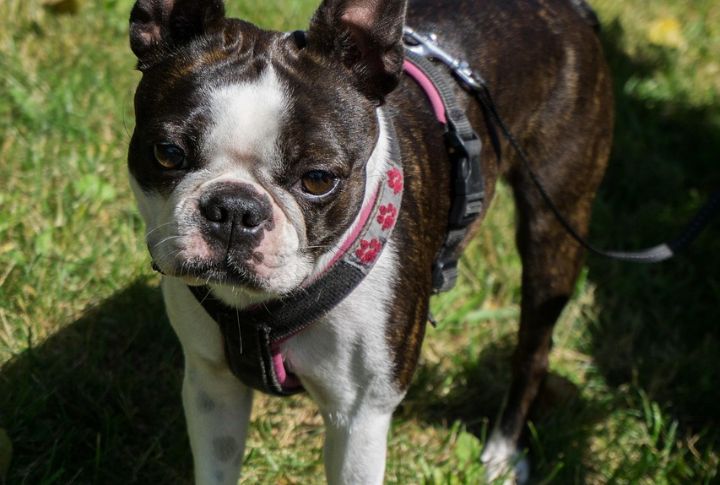
Beneath that bouncy energy and eager personality is a dog that feels safest and happiest when the day follows a predictable pattern. So, while spontaneity might seem fun, your Boston will actually appreciate a well-organized day, and you’ll appreciate how much smoother things run when they’re on a schedule that works.
Prioritize Early Socialization
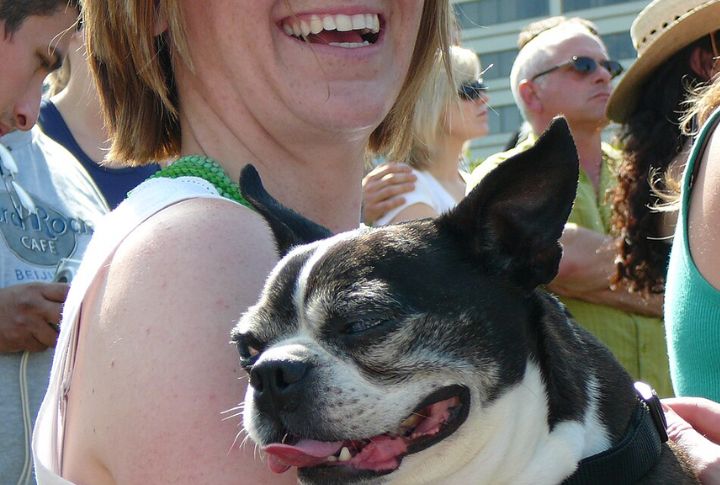
Even the most charismatic Bostons need a little social coaching to avoid turning into that one guest at the party who barks at the vacuum cleaner. That’s where early socialization steps in. Introduce them to a variety of dogs (and people). And through it all, your job is to keep the tone light and positive.
Train Around Their Breathing Needs
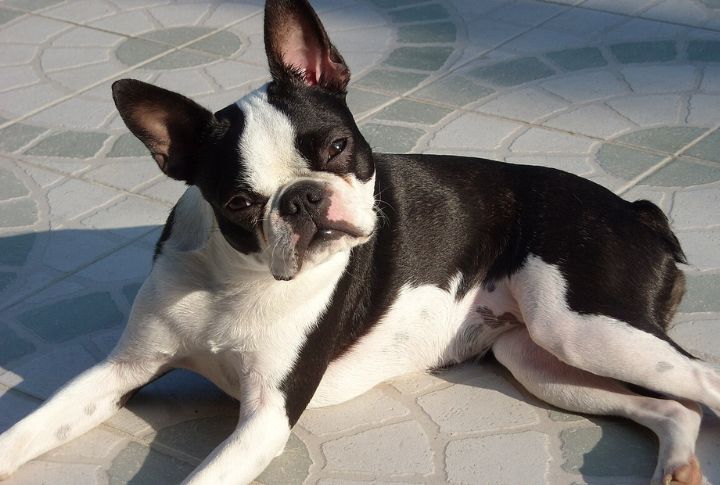
Bostons have shortened nasal passages and compact airways, which can make breathing more laborious. This is why their training sessions should be short (5–10 minutes), especially in warm or humid conditions. It’s also worth switching to a front-clip harness if you haven’t already; it takes pressure off the neck and makes breathing easier during walks or lessons.

